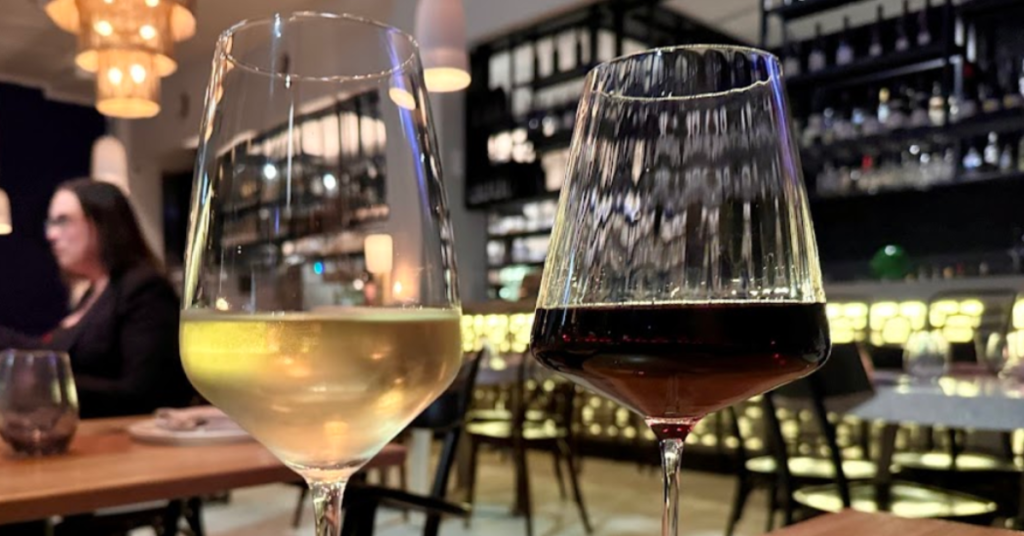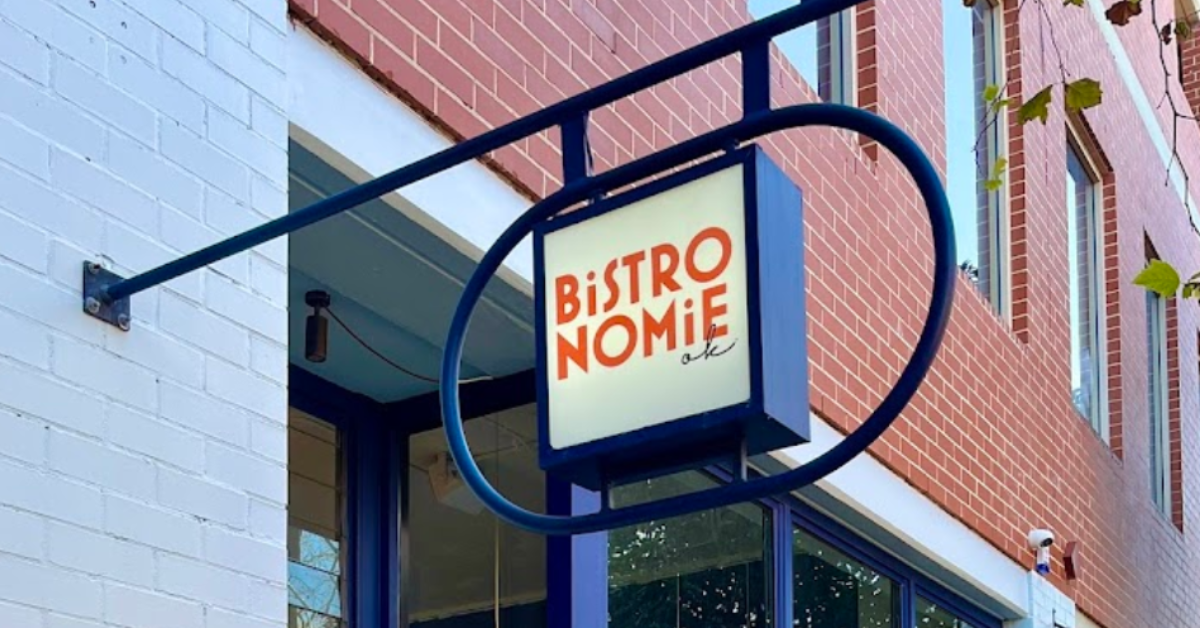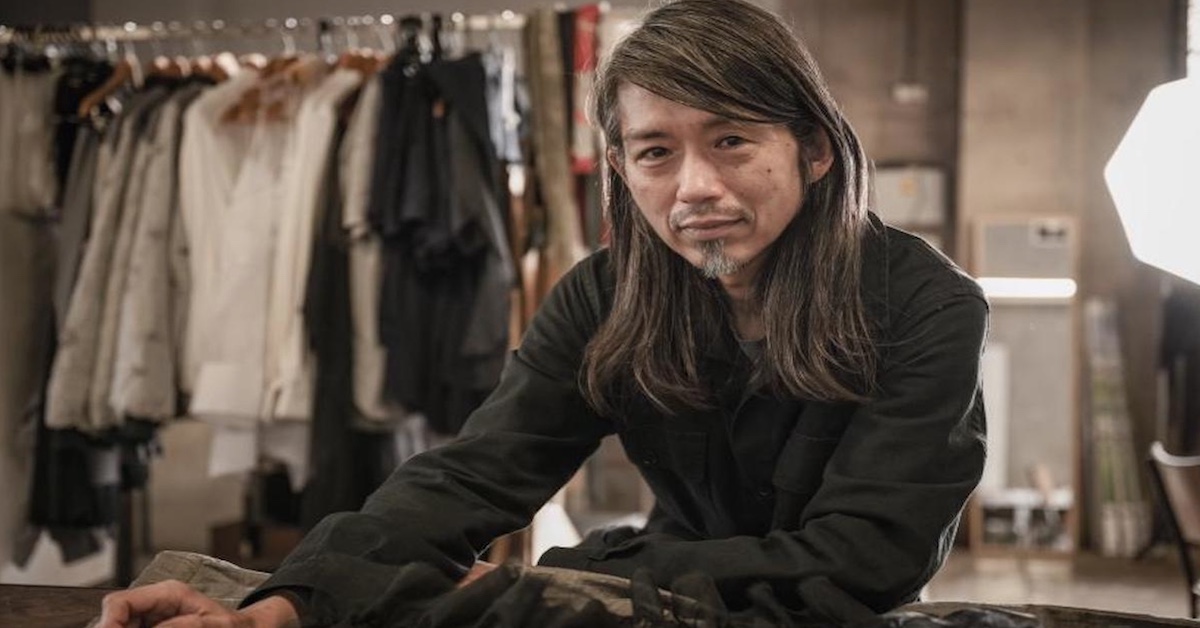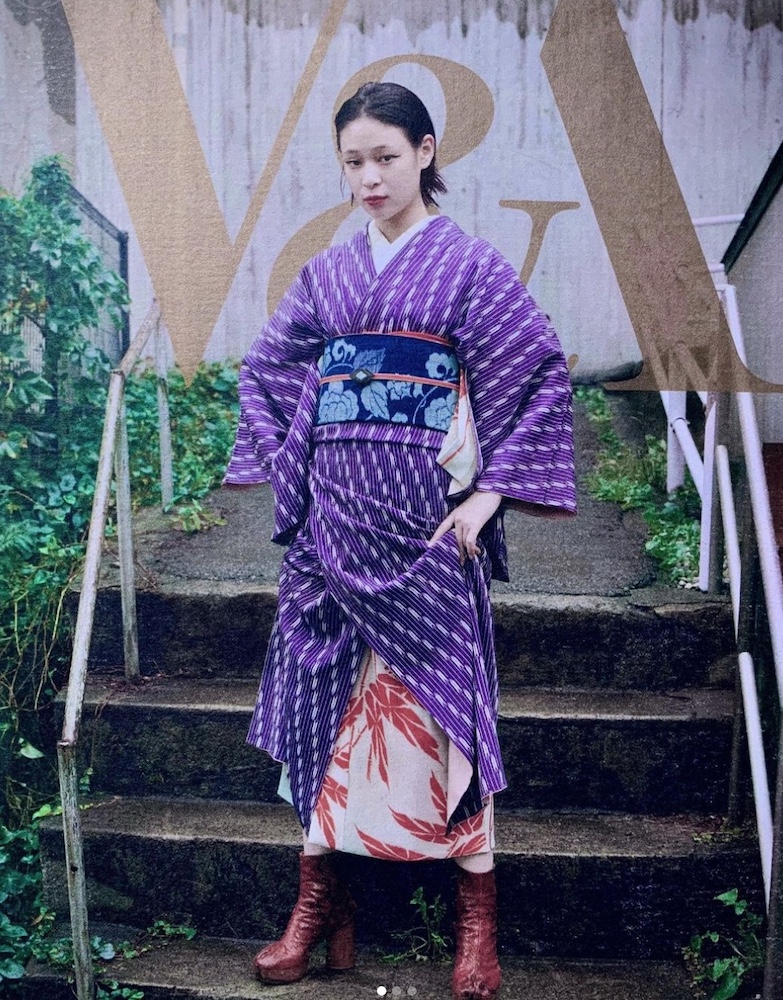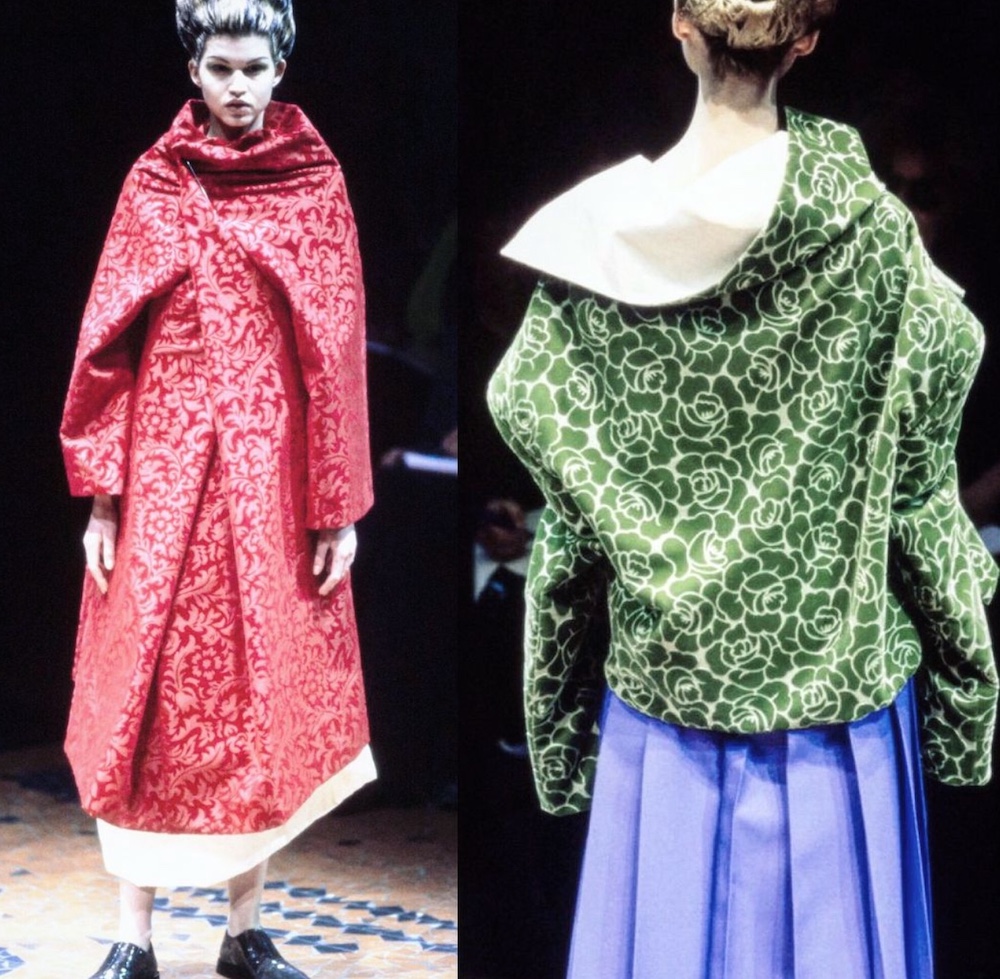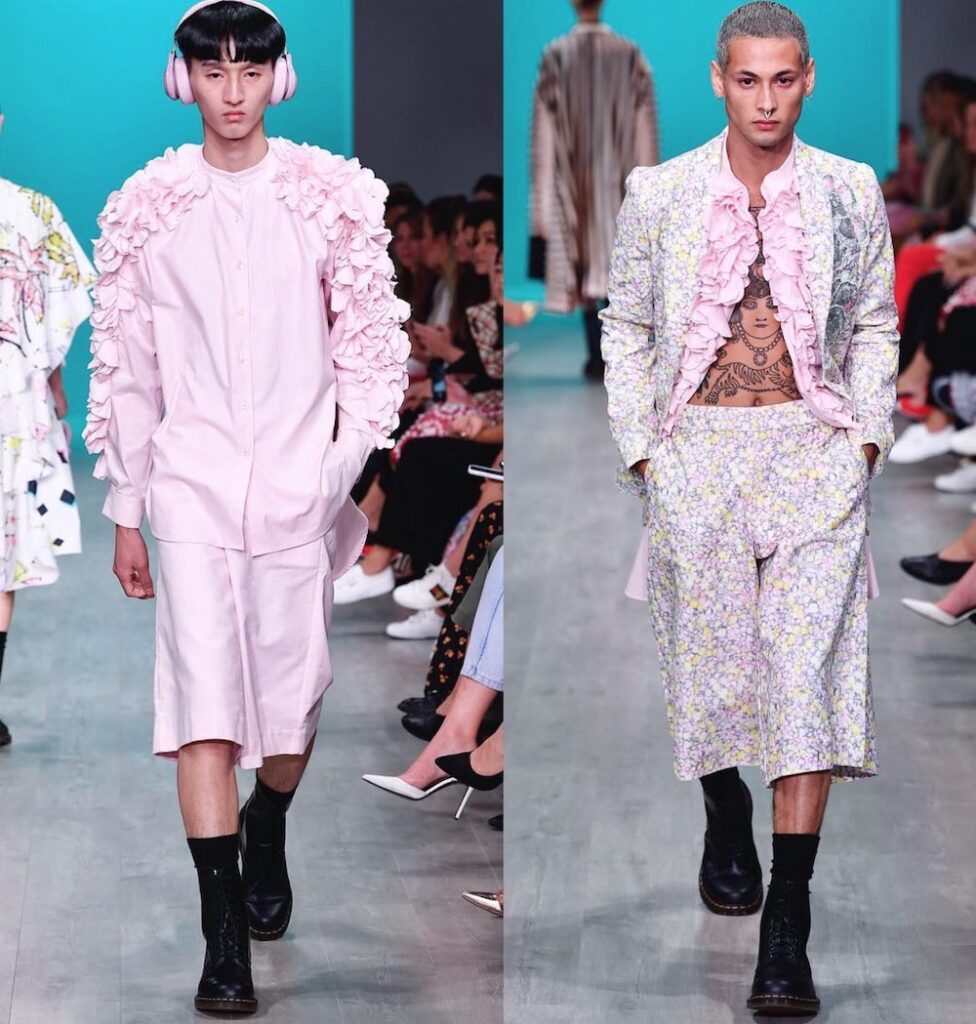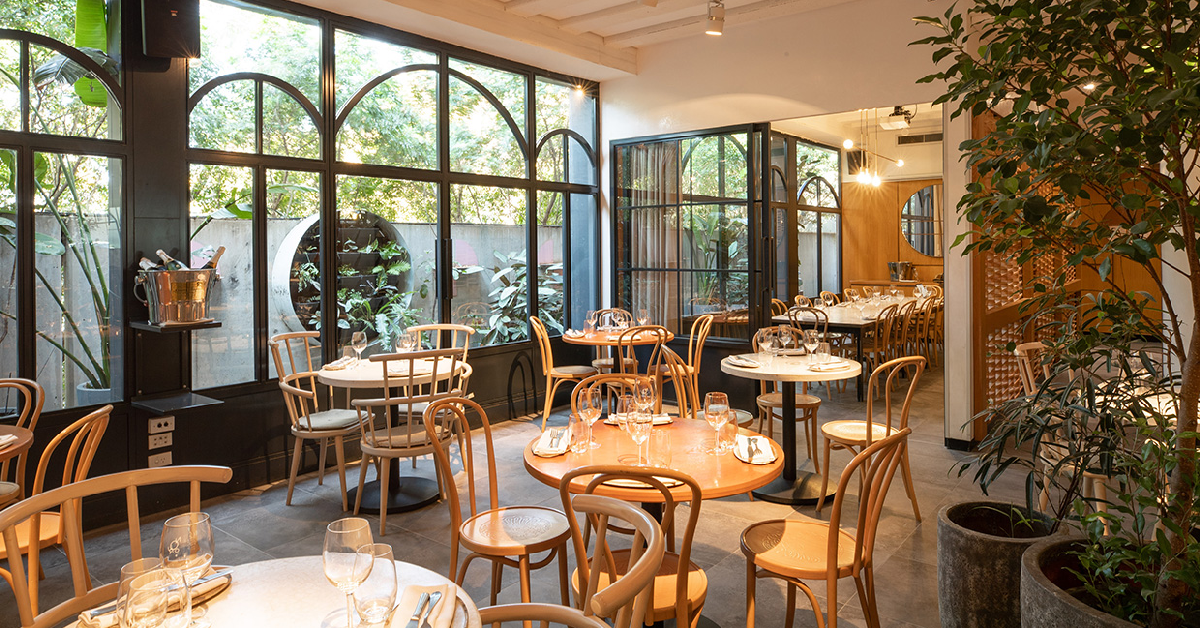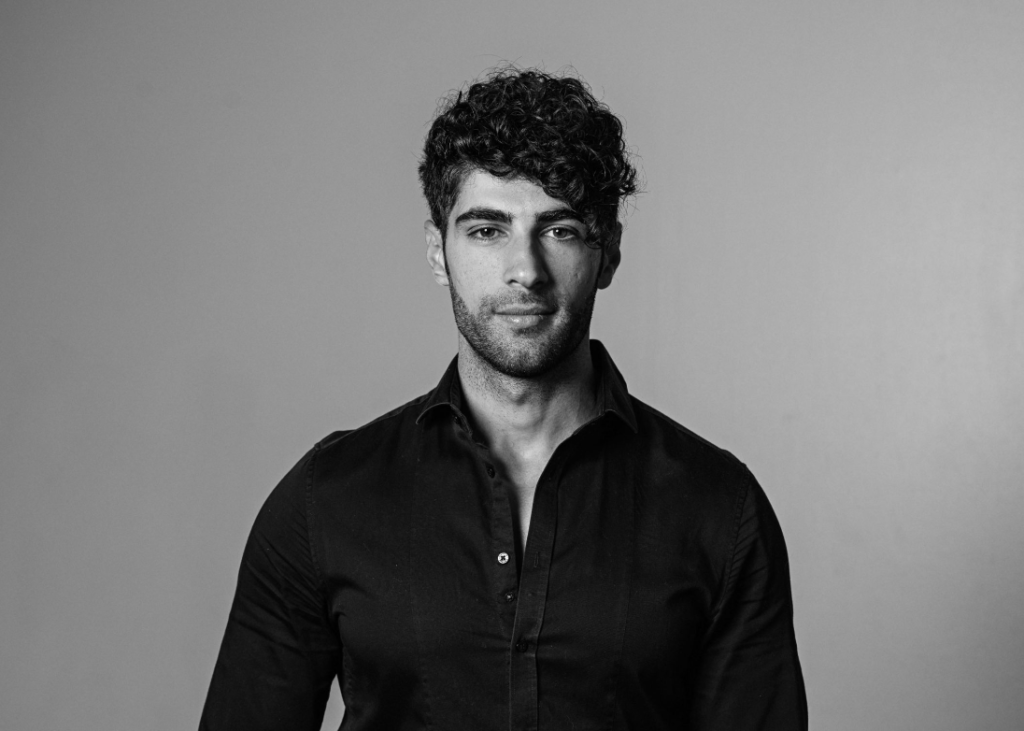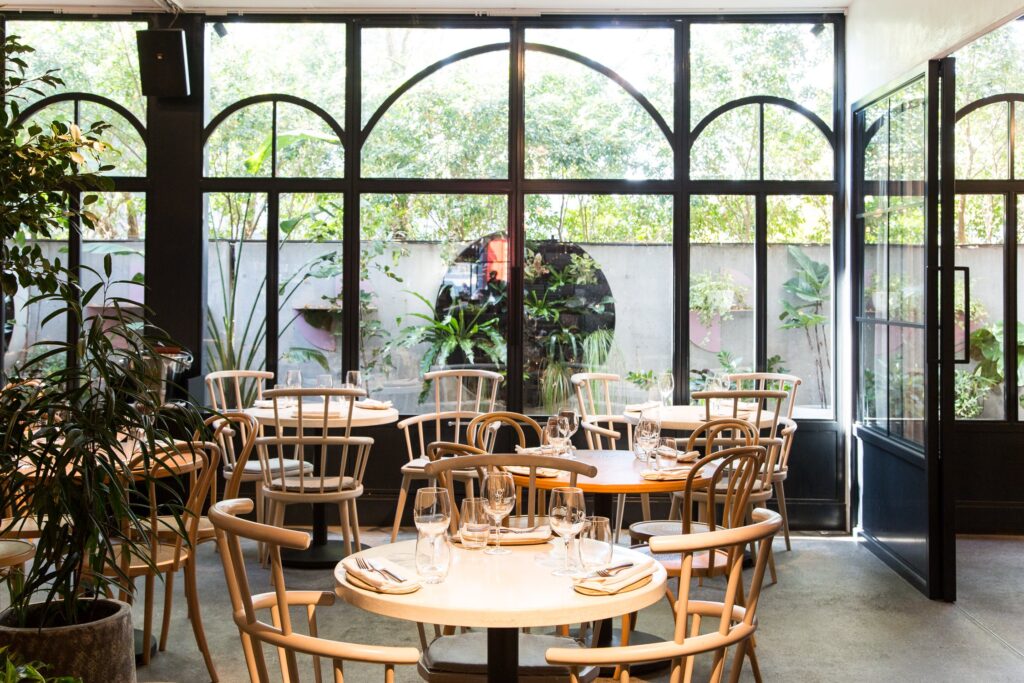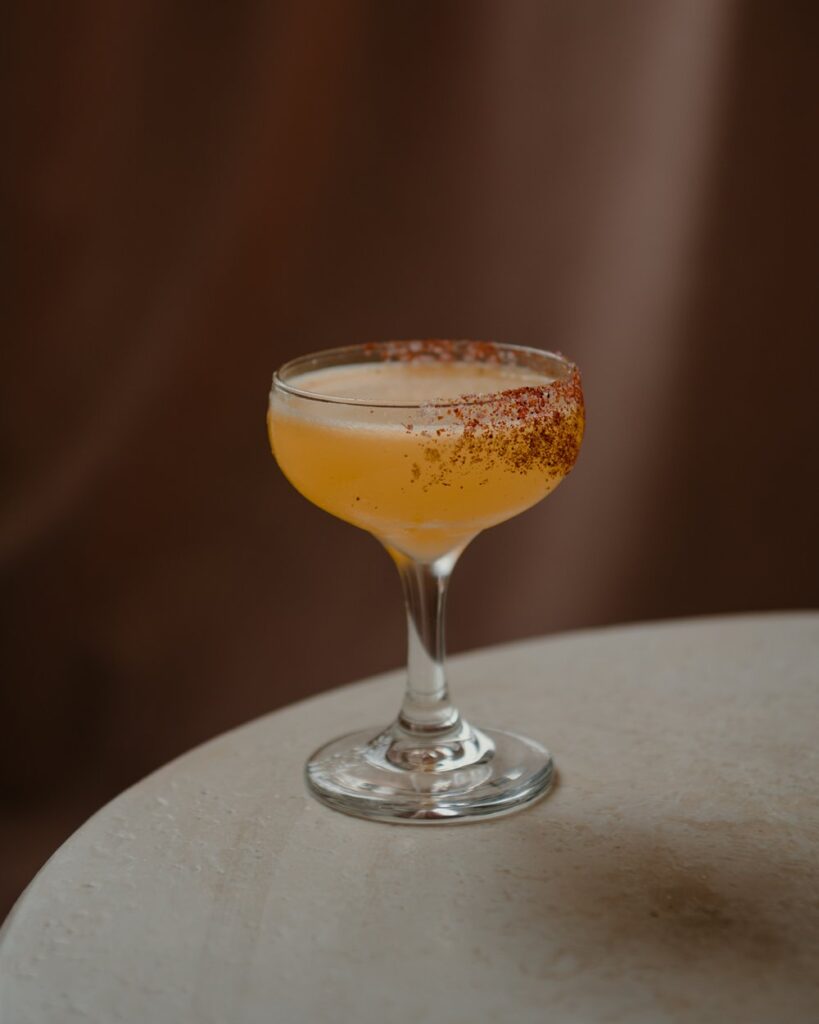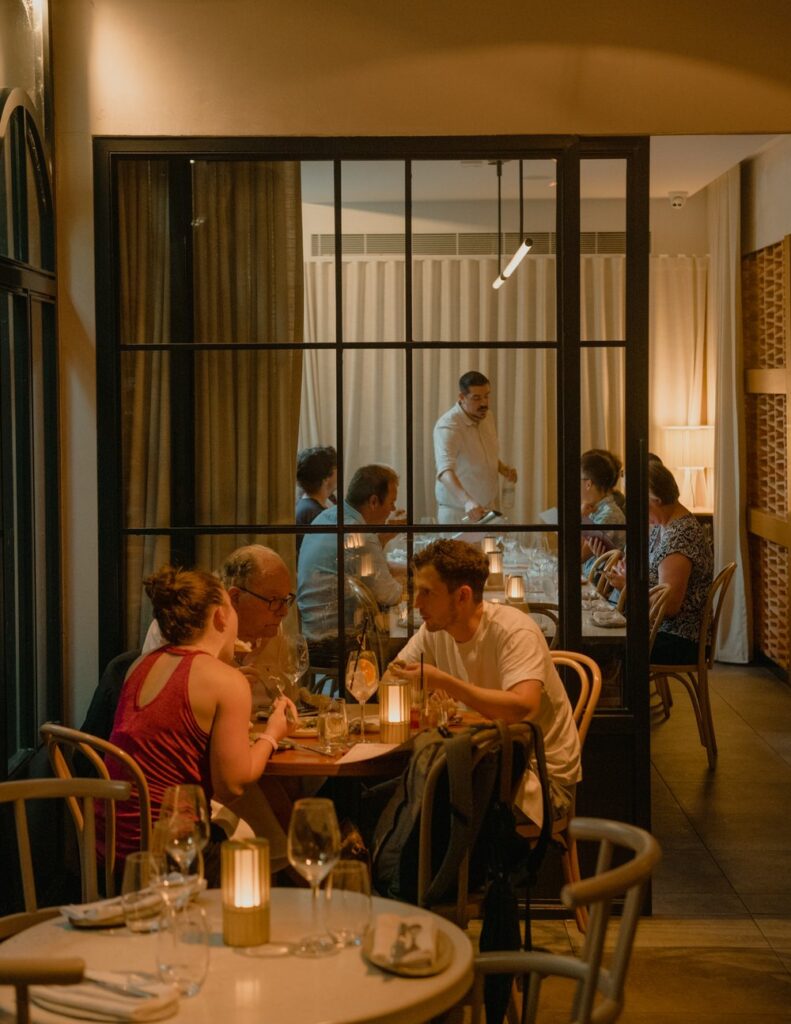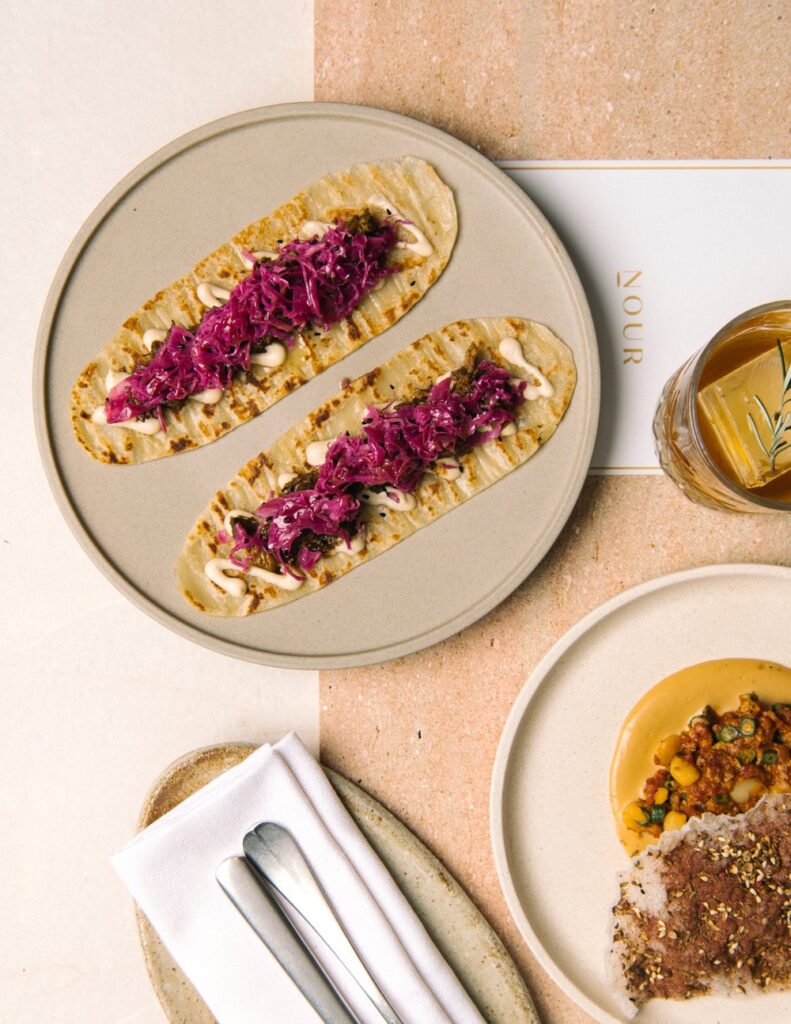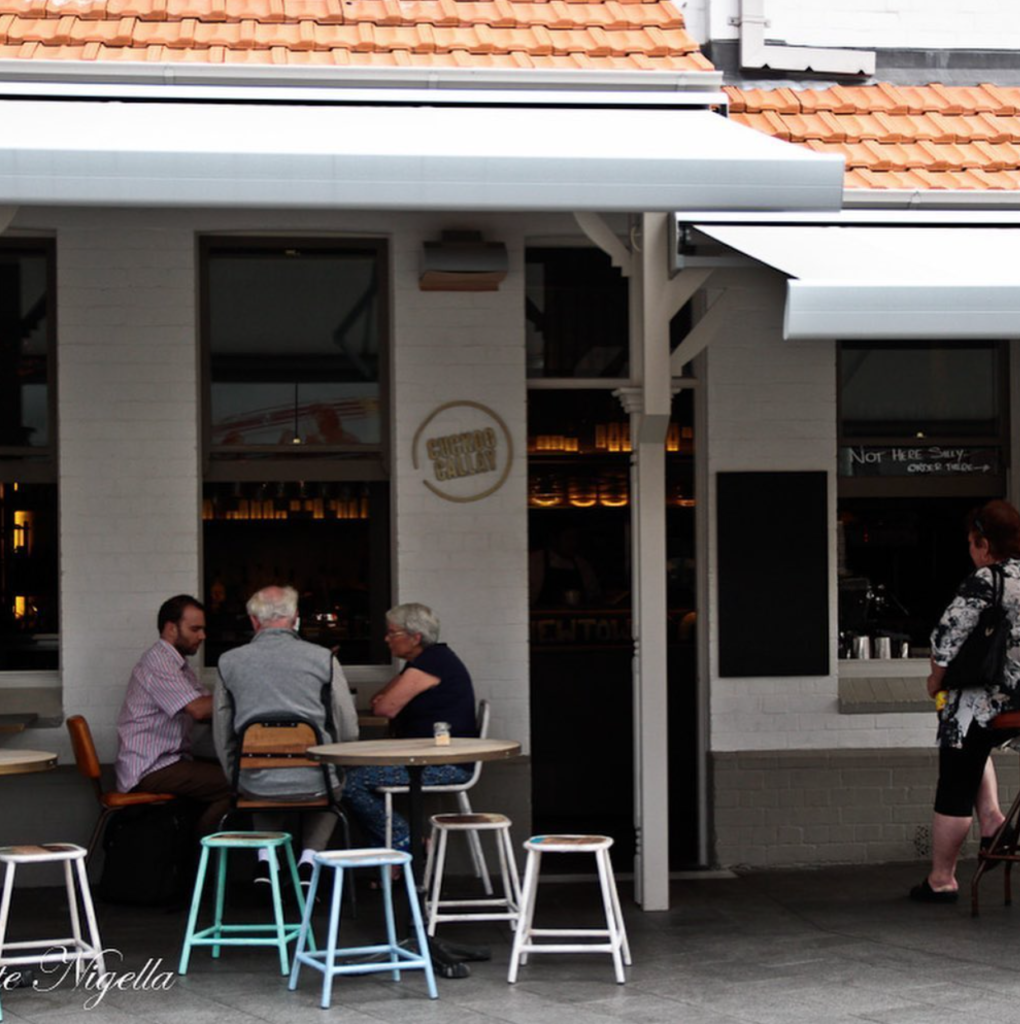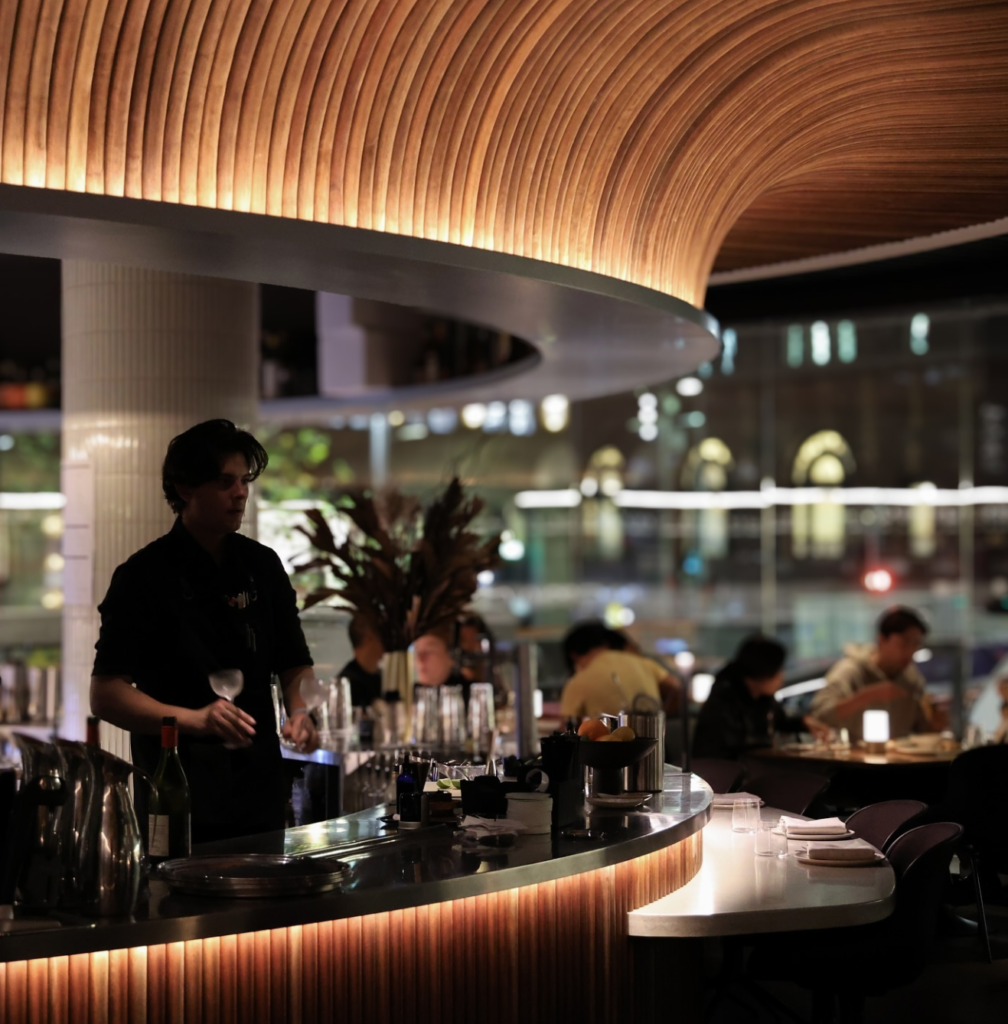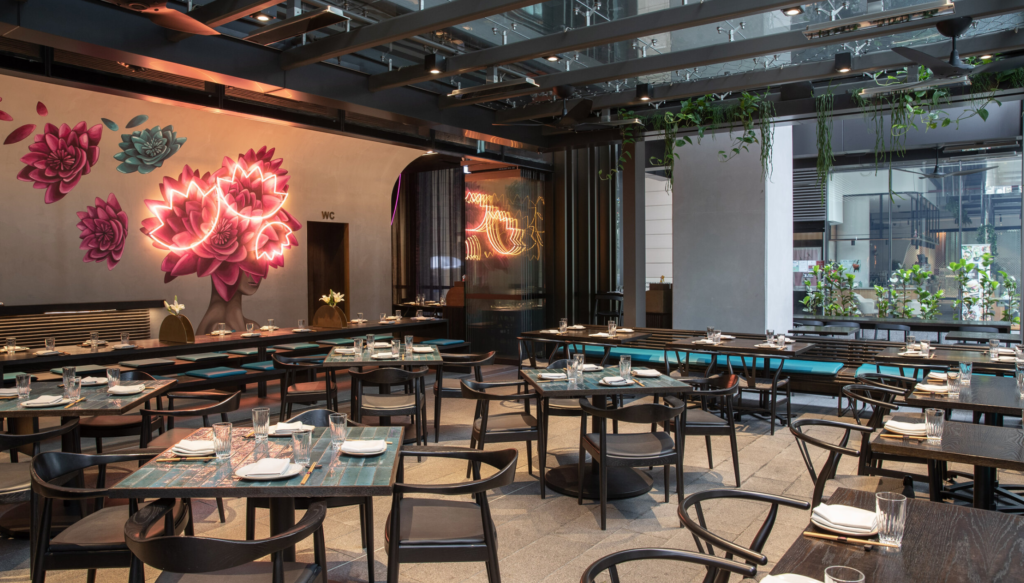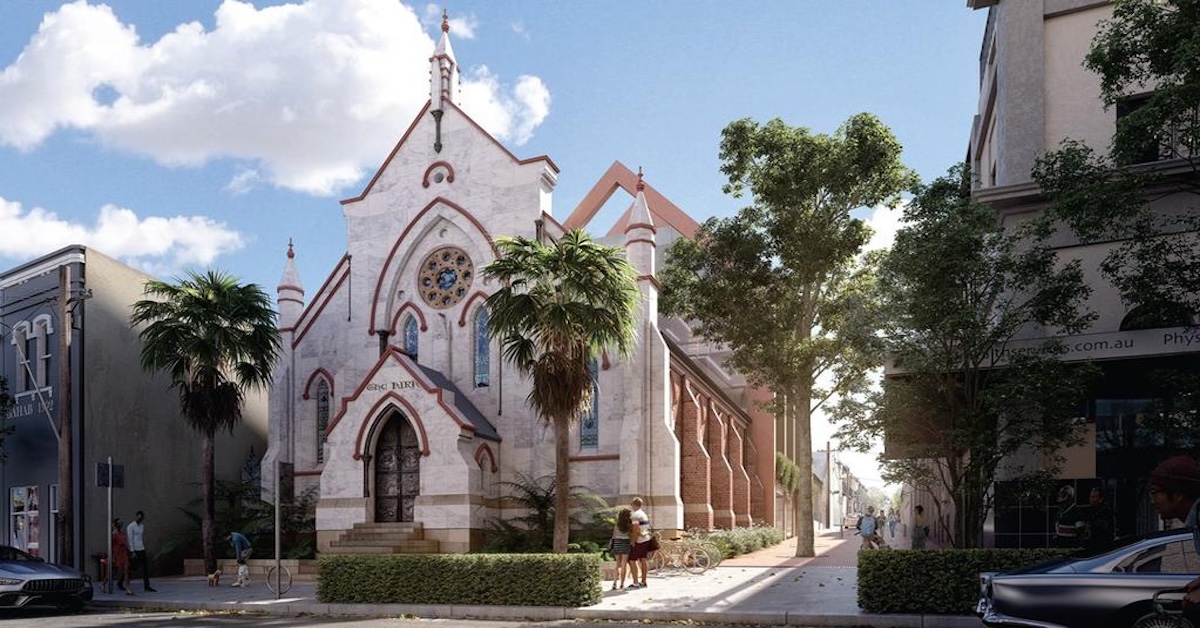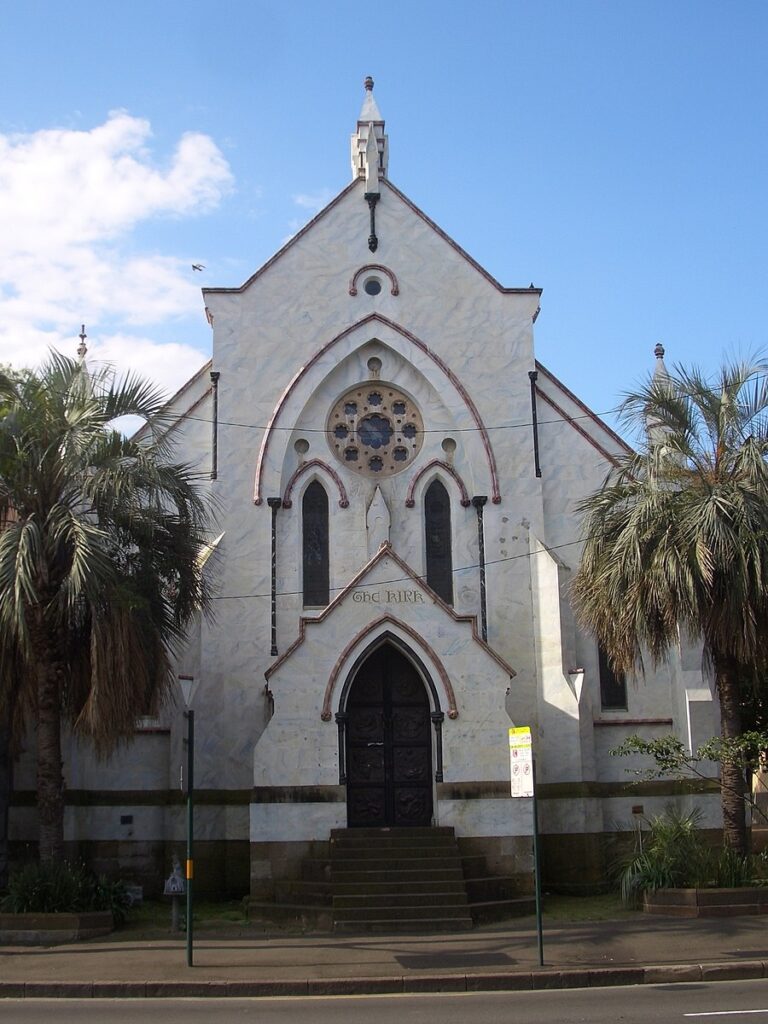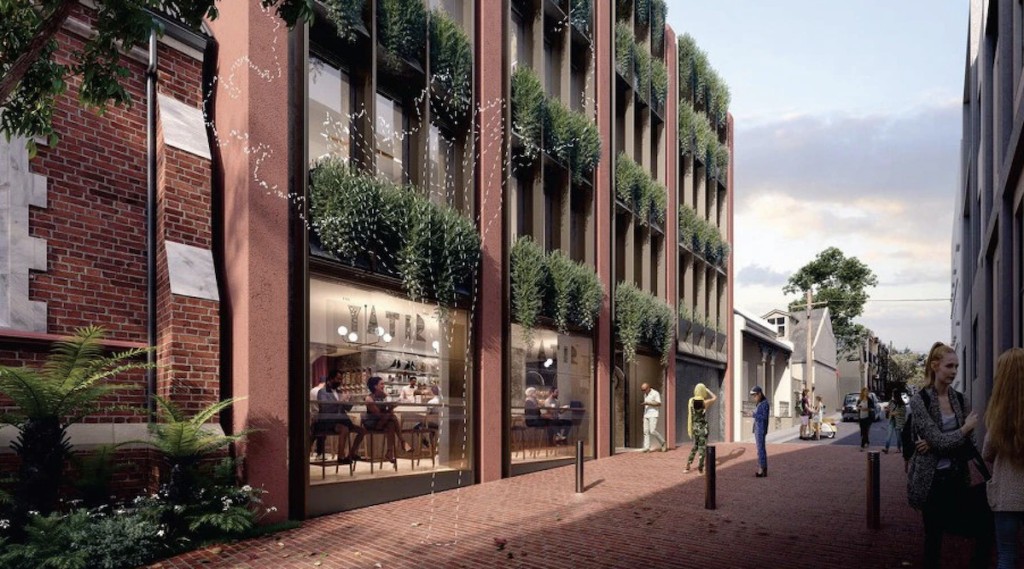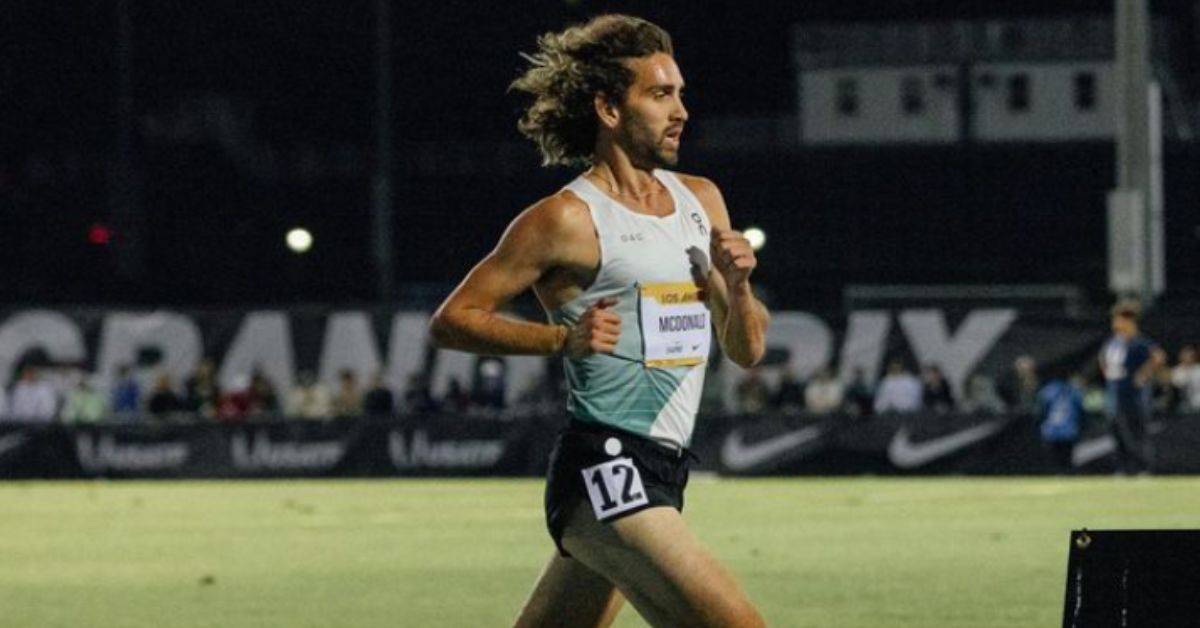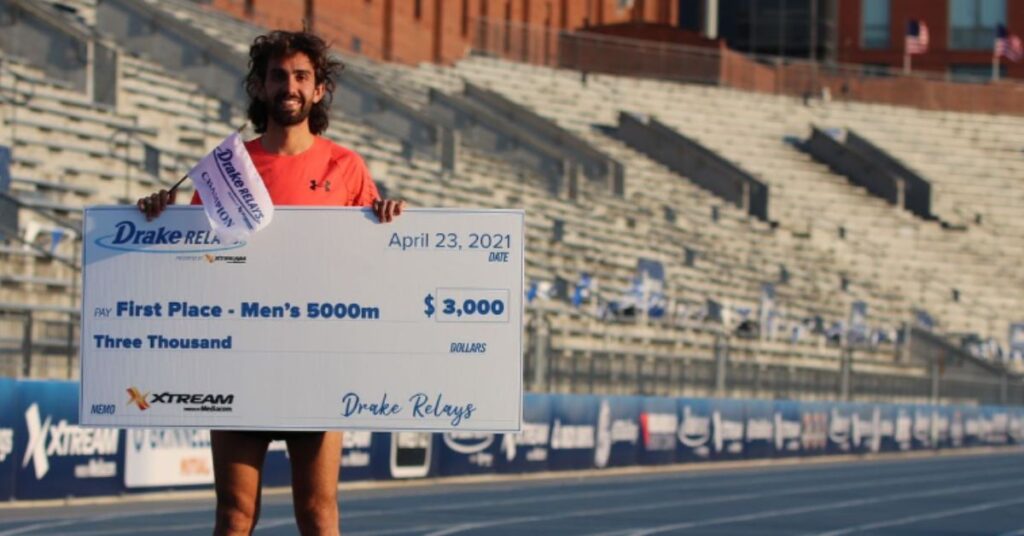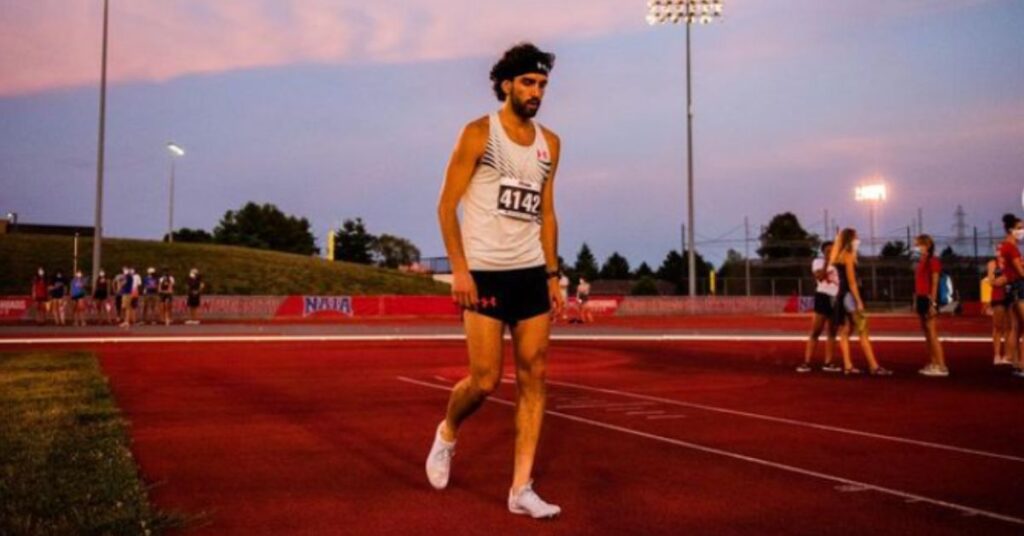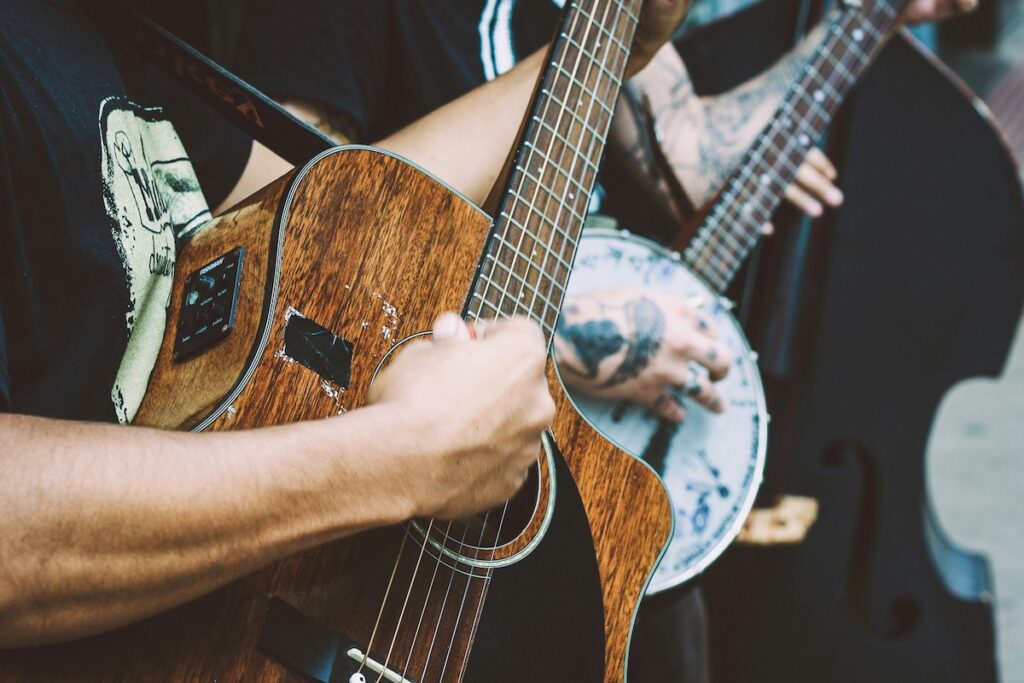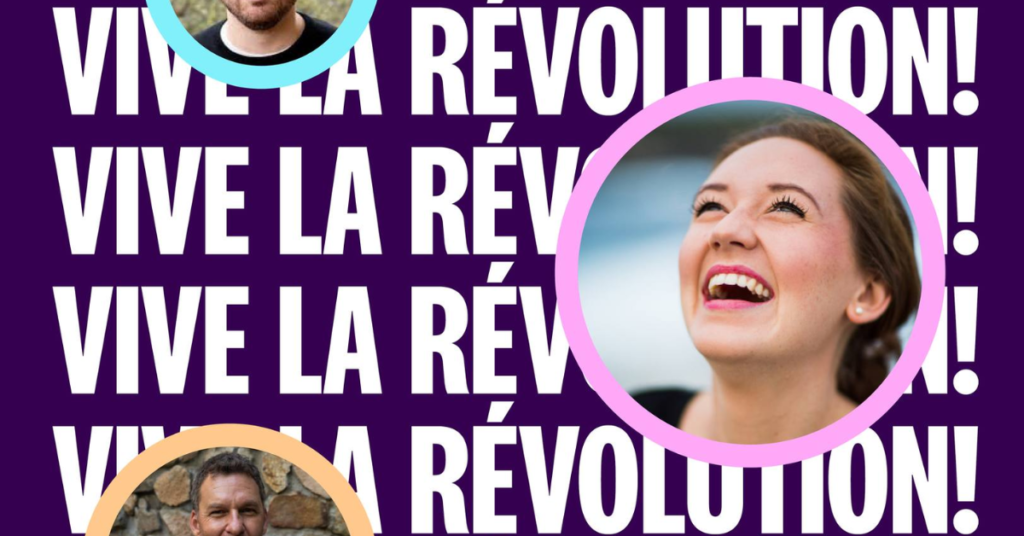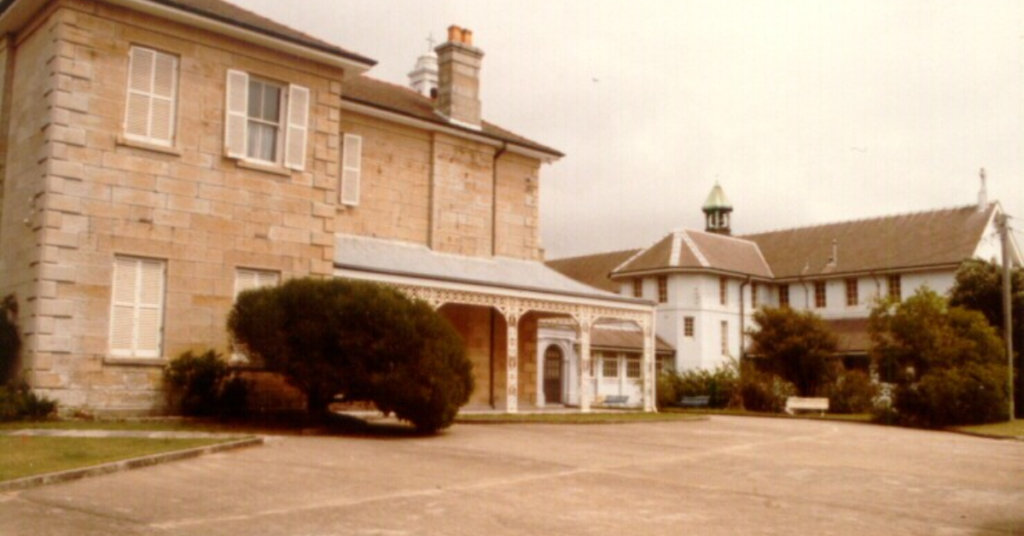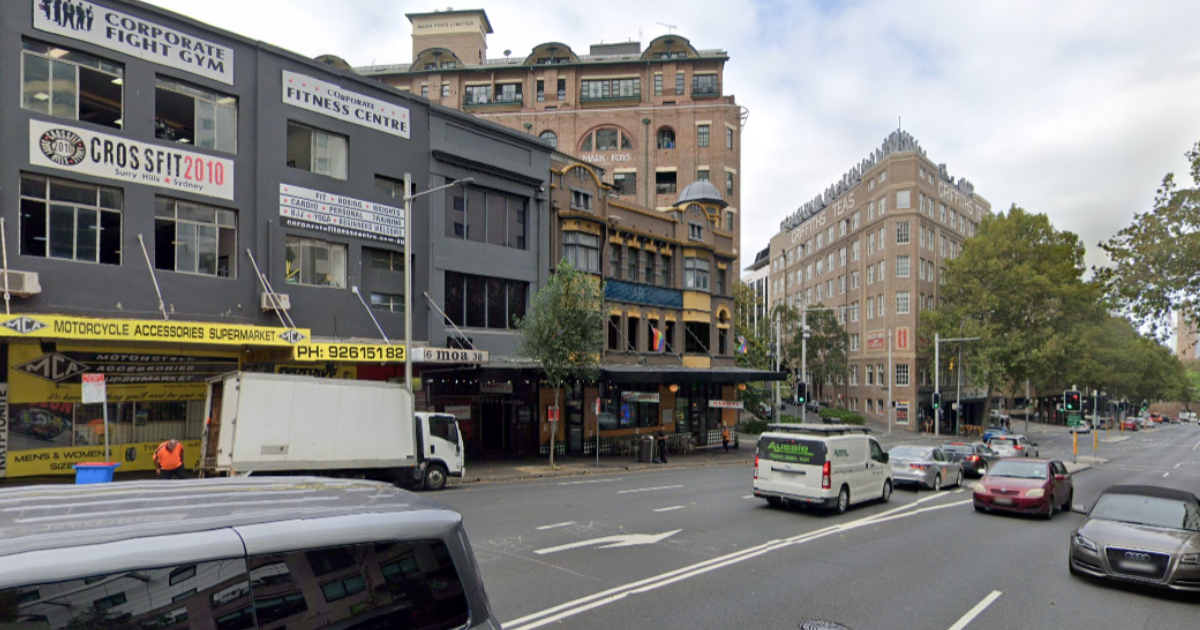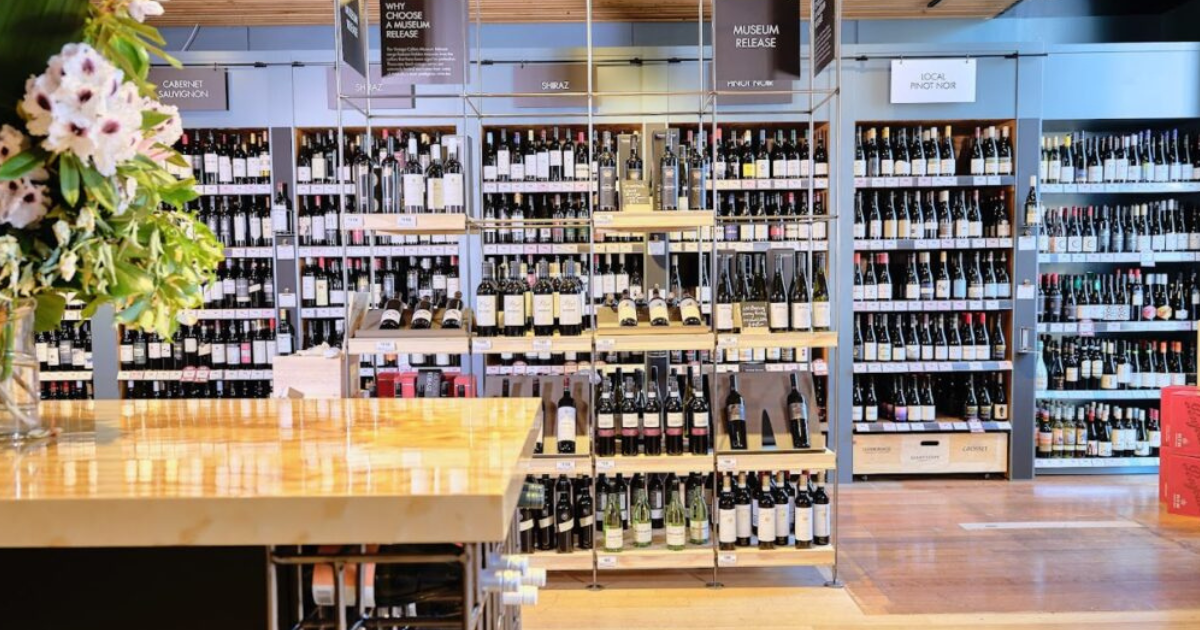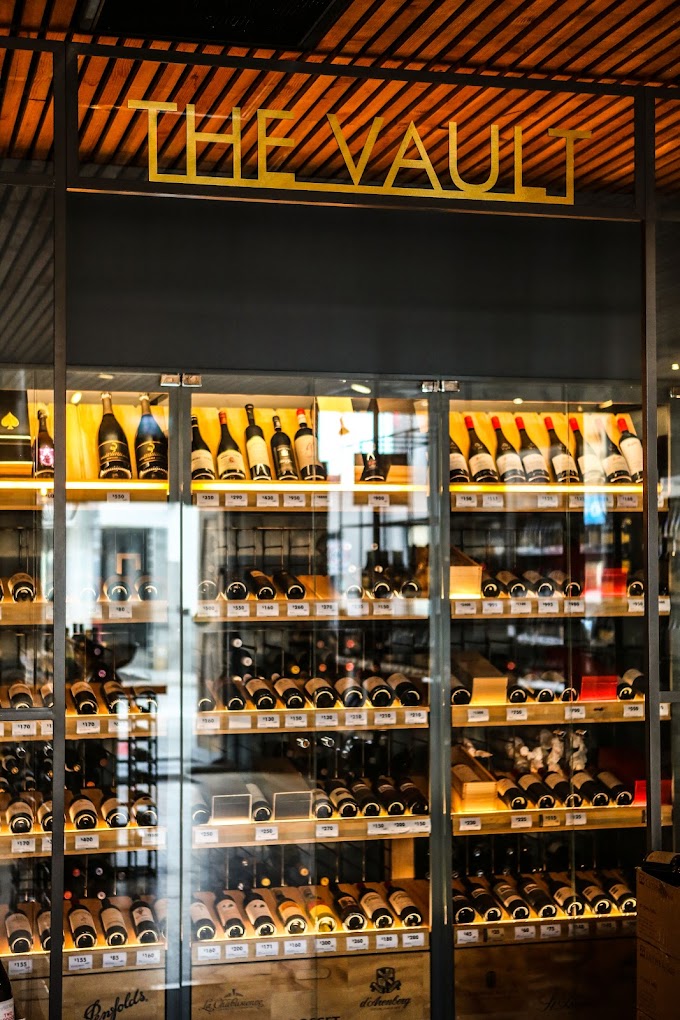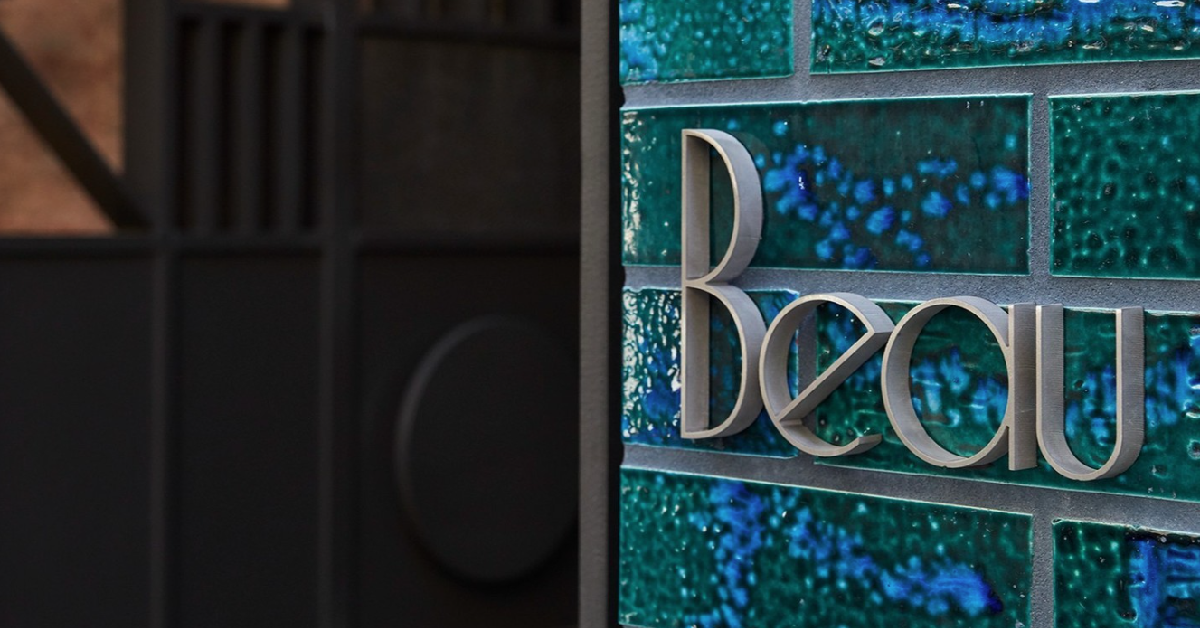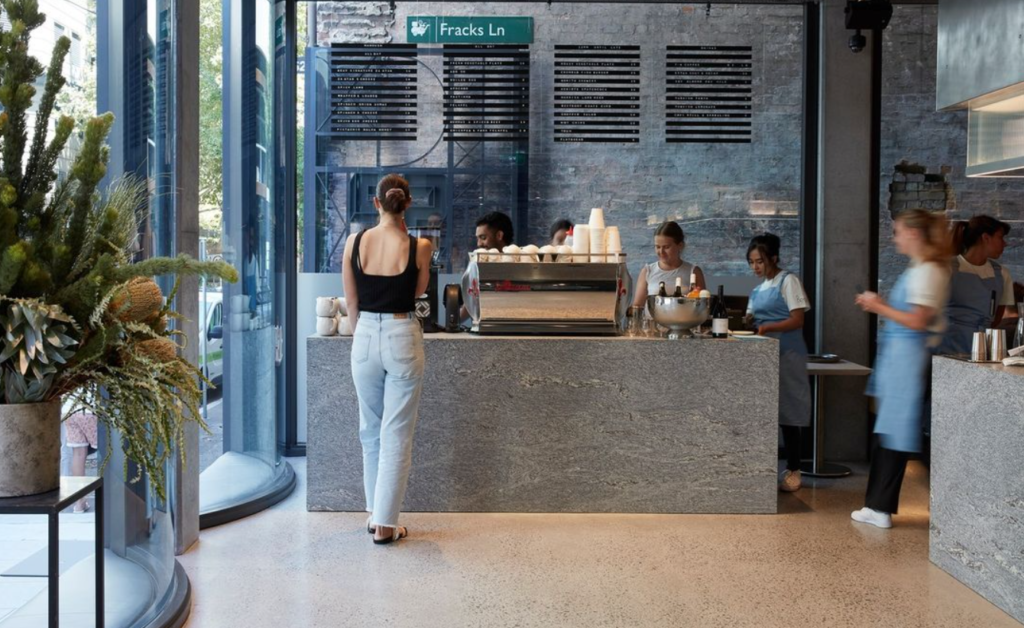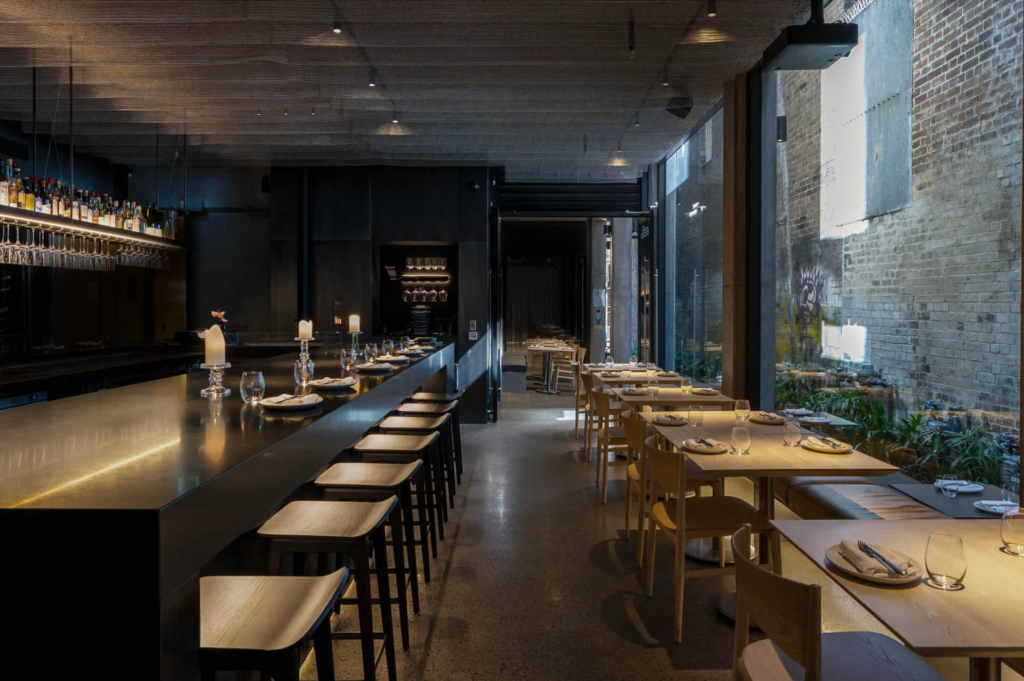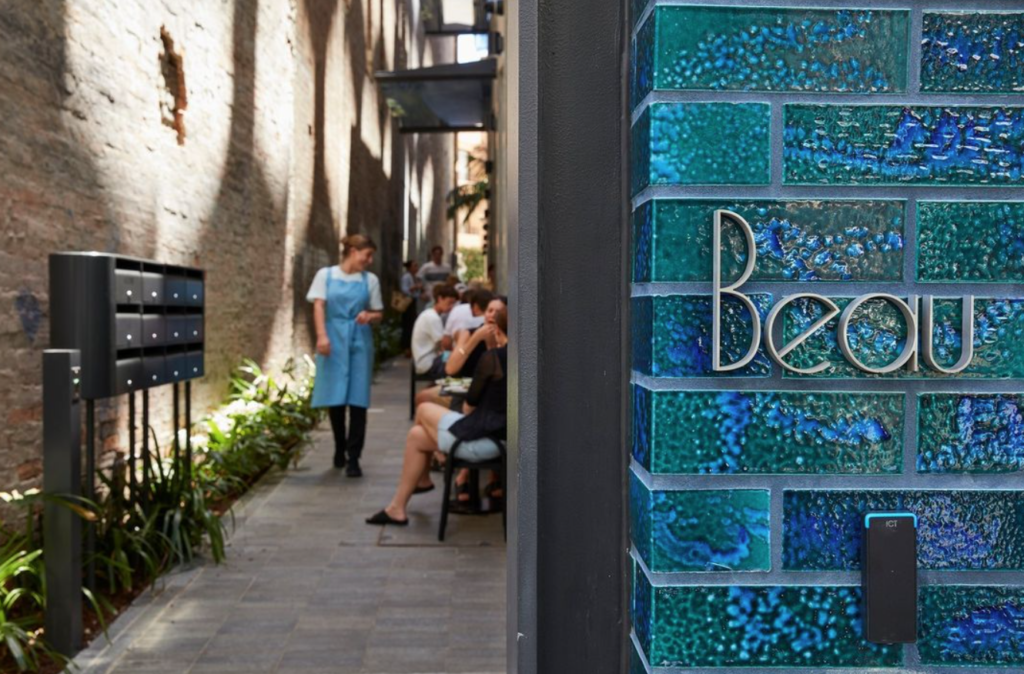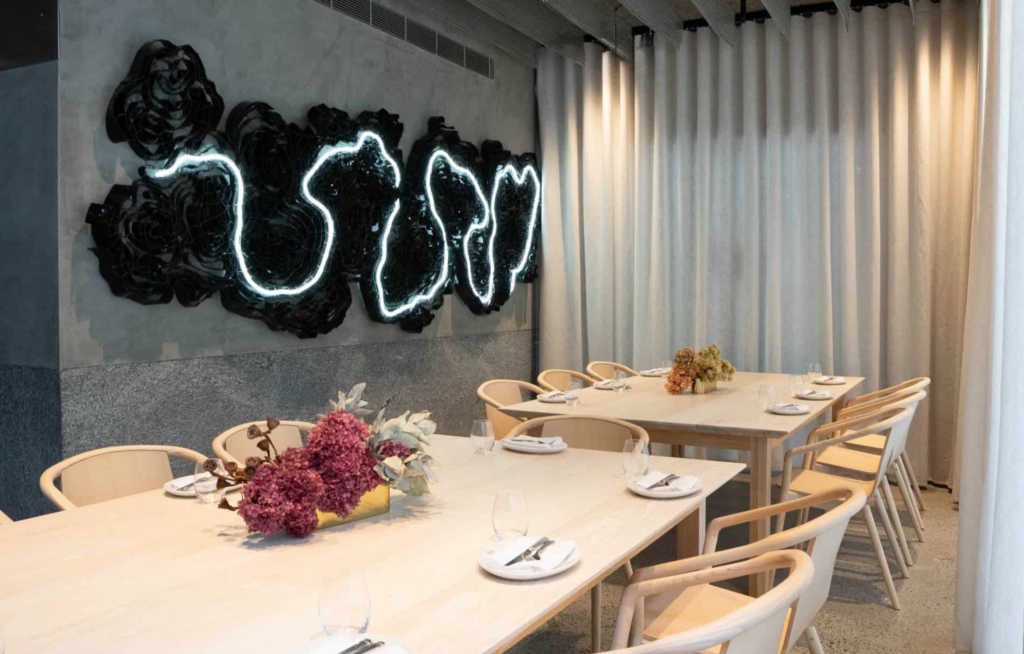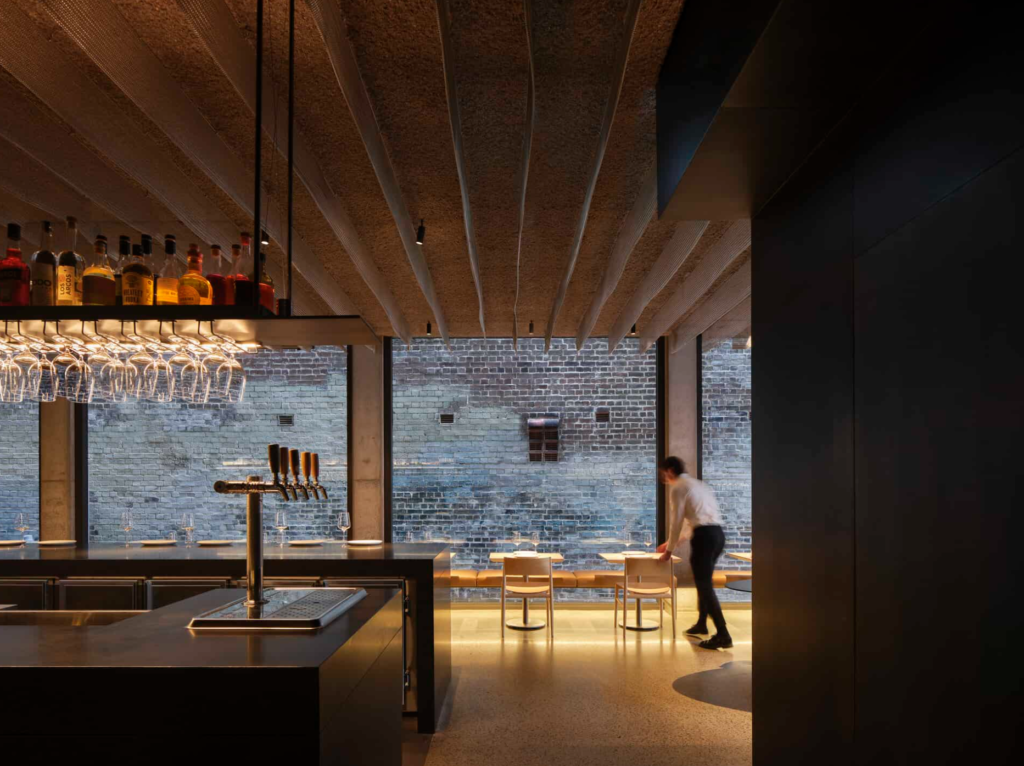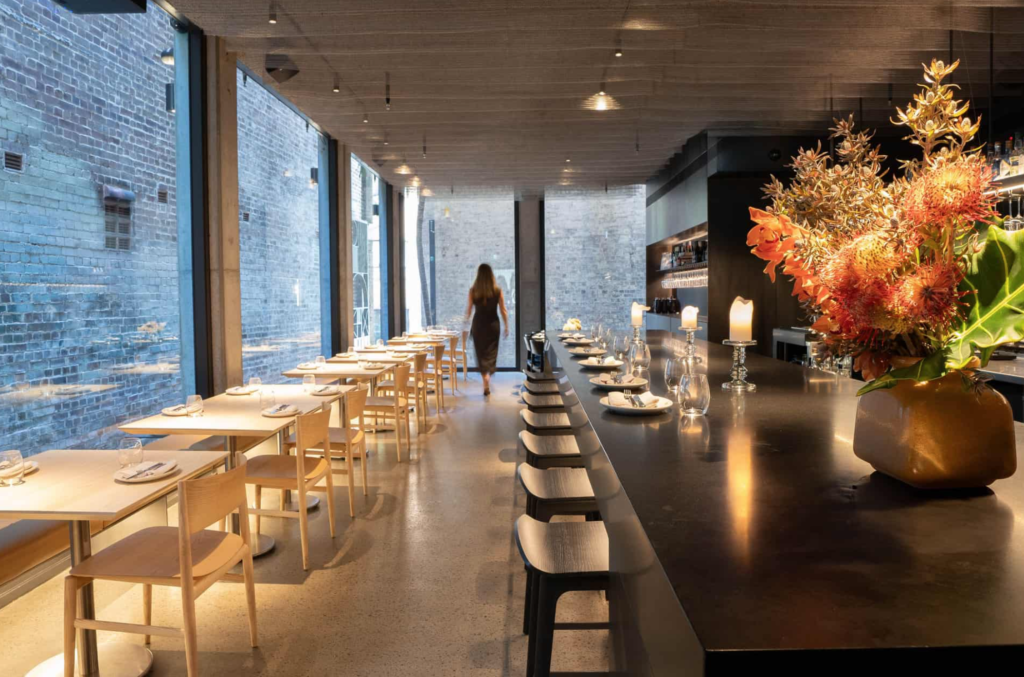Seventy-seven NSW venues, including those in Surry Hills, will be able to play louder and longer thanks to grants of up to $100,000 for soundproofing and to encourage live music.
Read: Surry Hills to Welcome New Coles and Vintage Cellars, Boosting Local Employment
The grants, announced on 30 June 2024, will benefit a variety of venues, from inner city clubs to bush pubs. Among the 21 venues receiving up to $100,000 each are Darlinghurst’s Club 77, The Lansdowne Hotel in Chippendale, and Avoca Theatre. Another 56 venues, including Surry Yulli’s Brews and the Hollywood Hotel in Surry Hills, gain substantial funding to help host live performances.
New Noise Complaint Regulations
Alongside the grants, new noise complaint regulations will come into effect on 1 July 2024. These regulations include the “order of occupancy” as a key factor in resolving noise complaints, ensuring new residents cannot limit the operating hours of long-standing venues.
Additionally, the number of people required to make a statutory disturbance complaint will increase from three to five, requiring complainants to attempt to resolve issues with the venue before lodging a formal complaint.
Liquor & Gaming NSW will now handle all noise complaints related to licensed premises, streamlining the process.
Impact on Venues
Club 77’s director, Dane Gorrel, stated that the funding will significantly change their operations, allowing the club to expand its trading hours. Club 77, a 25-year-old venue known for electronic music, faces noise challenges due to its high-density residential location and old building structure. The soundproofing grant will enable them to trade 24/7 without disturbing neighbours.
“The old NSW sport of moving in next to a music venue and complaining until it gets shut down, is now history. That era is coming to an end,” NSW Arts Minister John Graham said in the press release.
“The soundproofing and venue support will mean venues can host more live music, whilst reducing the impact on their neighbours.
“Bit by bit, we are rebuilding Sydney’s night-time economy, venue by venue, neighbourhood by neighbourhood.
“We made a commitment to increase the number of live music venues across NSW and through ongoing reform and the Venues Unlocked grant programs we are enabling venues to expand their offerings, while also supporting new music venues to get their performance programming off the ground.”
“We know through the recent State of the Scene report that there are 795 venues across NSW that offer live music – so this is a great start to supporting venues in a real and tangible way and to help them navigate the challenges of operating in NSW,” Head of Sound NSW, Emily Collins, said.
“It has been fantastic to work alongside Liquor & Gaming NSW and the 24-Hour Economy Commissioner to deliver the Venues Unlocked program for venues across our state.”
NSW 24-Hour Economy Commissioner Michael Rodrigues noted that the Vibrancy reforms tackle regulatory challenges, and the Live Performance Venue Program equips hospitality operators with the skills and infrastructure needed to re-establish diverse performance spaces.
Read: Surry Hills Boxing Gym Corporate Fighter Shutters, Leaving Donation Questions Unanswered
These measures reflect a commitment to fostering a vibrant live music scene in NSW, providing financial support and regulatory protection to ensure venues can thrive without conflicts with their communities.
Published 1 July 2024



